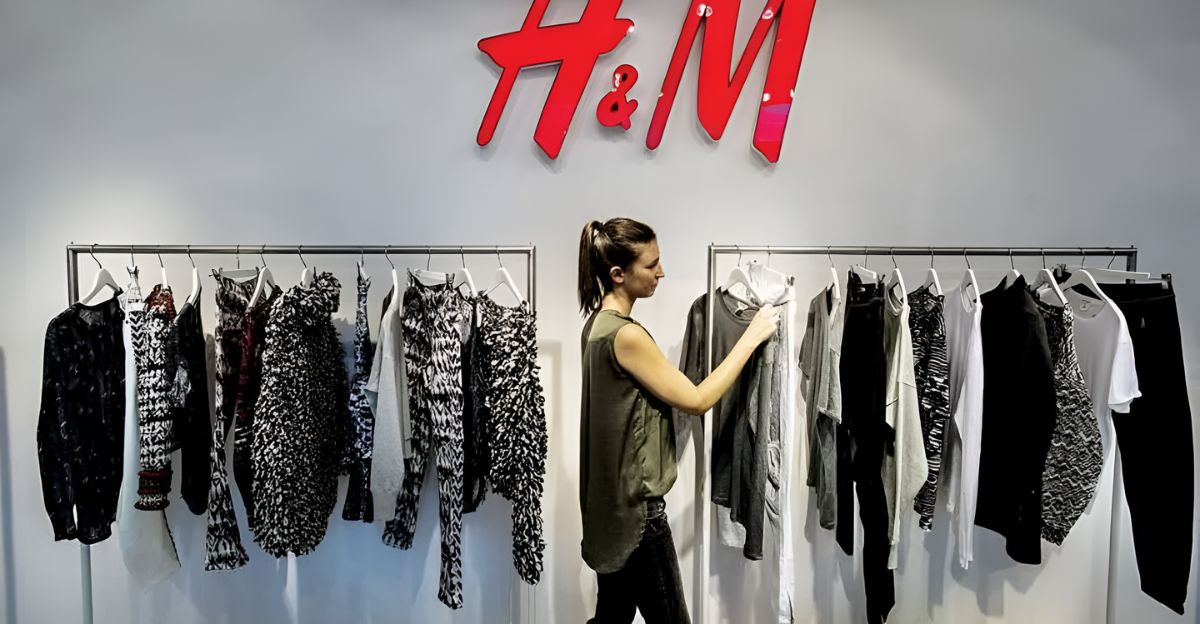
Tariffs are quietly pushing U.S. clothing prices higher, and most shoppers haven’t caught on. H&M, one of the world’s biggest fashion retailers, is now considering whether to raise prices too.
According to CNBC and the Yale Budget Lab, tariffs could spike apparel costs by up to 64%, though current increases are between 8% and 15%. With competitors like Zara and Shein already raising prices, H&M may not be far behind. Trade battles are starting to show up on price tags, and what you pay for basics like jeans or T-shirts could soon reflect more than just fabric and labor.
H&M Breaks Its Silence on Potential Price Hikes
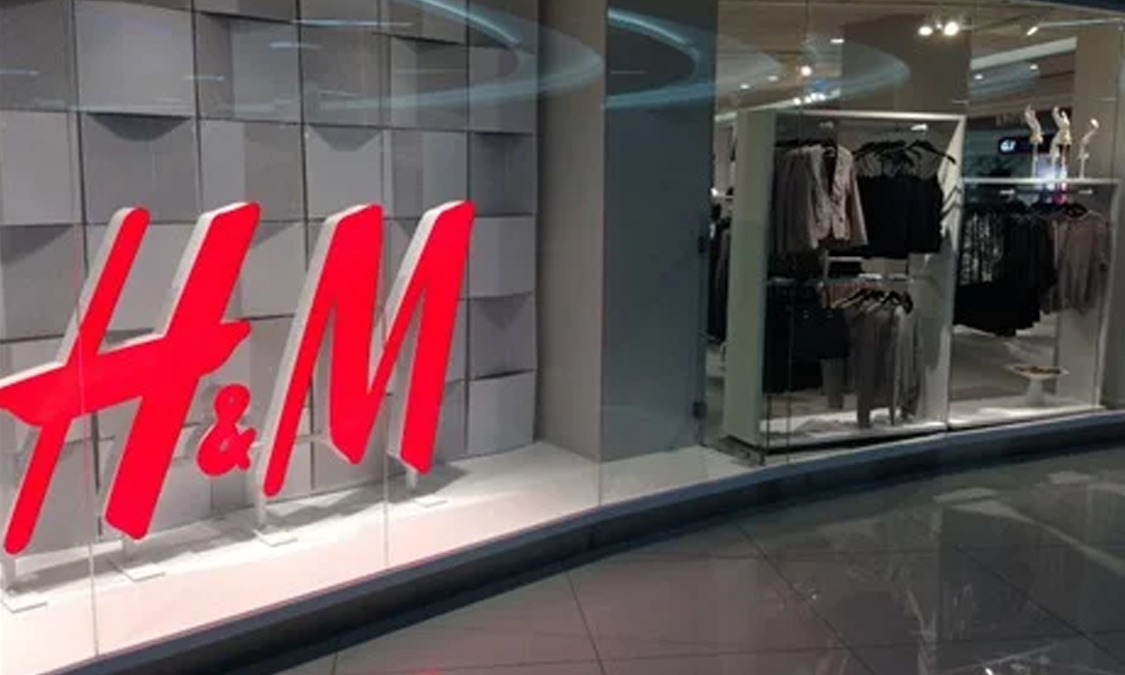
H&M is officially weighing whether to raise prices in the U.S. CEO Daniel Erver said the company is “closely watching developments” as competitors move first. Speaking to Reuters, he explained, “We are beginning to observe some competitors raising prices, and this is certainly something we are examining to maintain our competitiveness.”
The message is clear: if major rivals are charging more, H&M may have to follow. With price hikes already happening across the market, this could be a turning point for one of the biggest fast fashion names still holding the line.
The Tariffs Behind the Shift
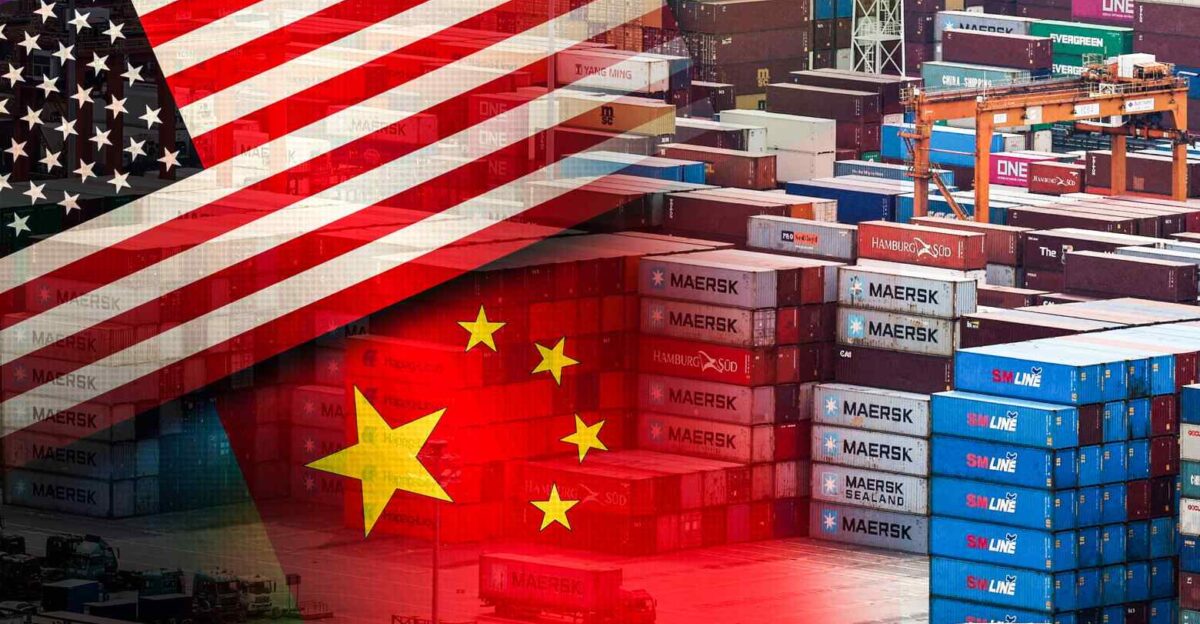
The U.S. has raised tariffs on many Chinese imports, and clothes are among the hardest hit. According to the Peterson Institute for International Economics, the average tariff rate on Chinese goods now tops 51%. These tariffs are layered and complex, but they land hardest on brands like H&M that rely on Asia for production.
Bloomberg reports these cost increases are likely to grow through the end of the year. That makes it tough for companies to absorb the extra charges without passing them along. The pressure is on, and for many fast fashion retailers, the clock is ticking on how long they can hold out.
Competitors Are Already Raising Prices
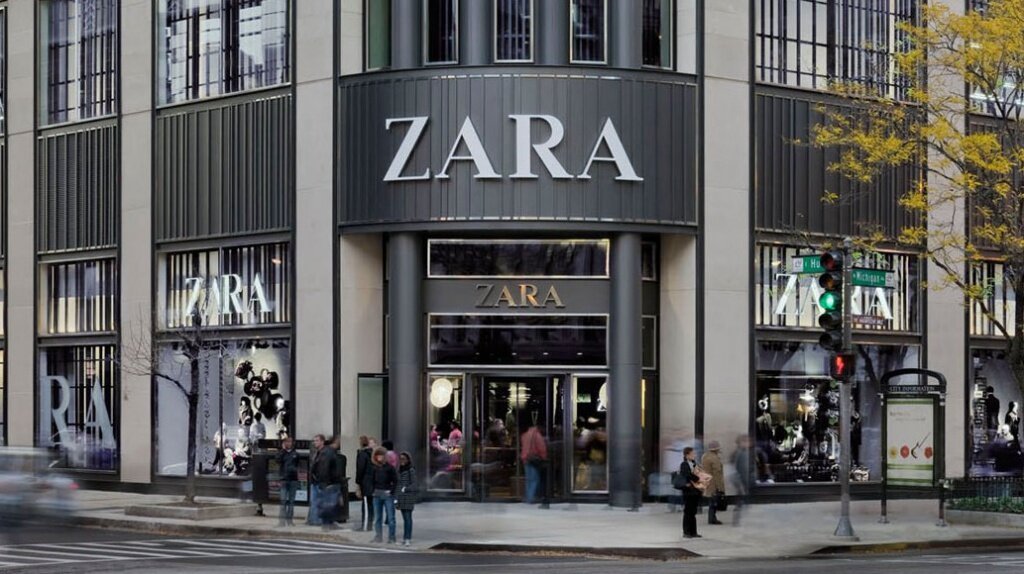
H&M isn’t the only one facing this pressure. Zara has increased U.S. prices by 28% over the past year. Shein and Temu, known for low-cost fashion online, have warned customers about upcoming price hikes, blaming tariffs and the loss of tax exemptions. Even giants like Walmart and Nike have said they’re raising prices to manage these new costs.
Across the board, brands are being squeezed. The goal is still affordability, but as sourcing becomes more expensive, keeping prices low is no longer a simple task for anyone in the retail game.
Can H&M Keep Prices Low Without Losing Ground?
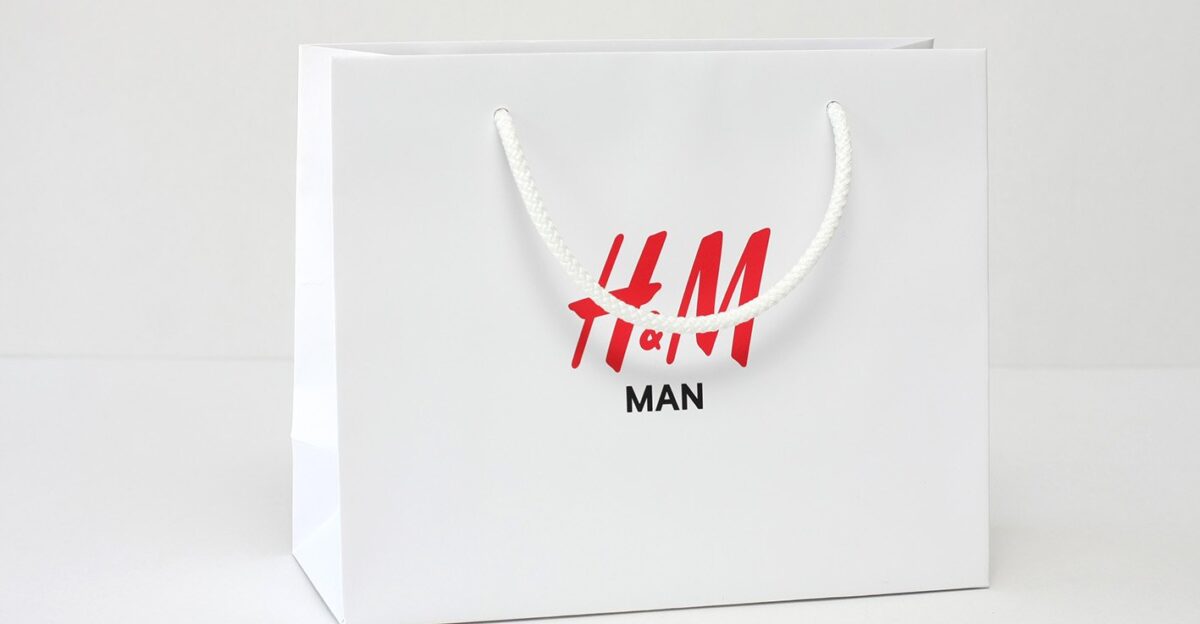
H&M’s image depends on offering value, but staying cheap may no longer be sustainable. Analyst Alexander Siljestrom of Pareto Securities says, “Perhaps they will increase prices in the U.S… but perhaps to a lesser extent as compared to their rivals.” If H&M holds prices steady while others raise them, profits could suffer.
If it raises prices too quickly, loyal shoppers might leave. H&M faces a real balancing act. Customers expect low prices, but they also want style, quality, and selection. If the company gets the mix wrong, it could lose more than just a few sales. It could lose trust.
How H&M Plans to Offset the Impact

To deal with rising costs, H&M is changing how it sources clothes. CFO Adam Karlsson says the company is moving production away from high-tariff areas like China and toward countries such as Bangladesh, Central America, and North Africa. This approach, known as nearshoring, also helps H&M stay flexible in uncertain times.
Karlsson believes their broad sourcing network gives them an advantage. But even he admits some cost increases are unavoidable. The company hopes smarter sourcing will delay price hikes, but it may not stop them altogether. In the end, shoppers may still feel the change in their wallets.
What This Means for Shoppers in 2025
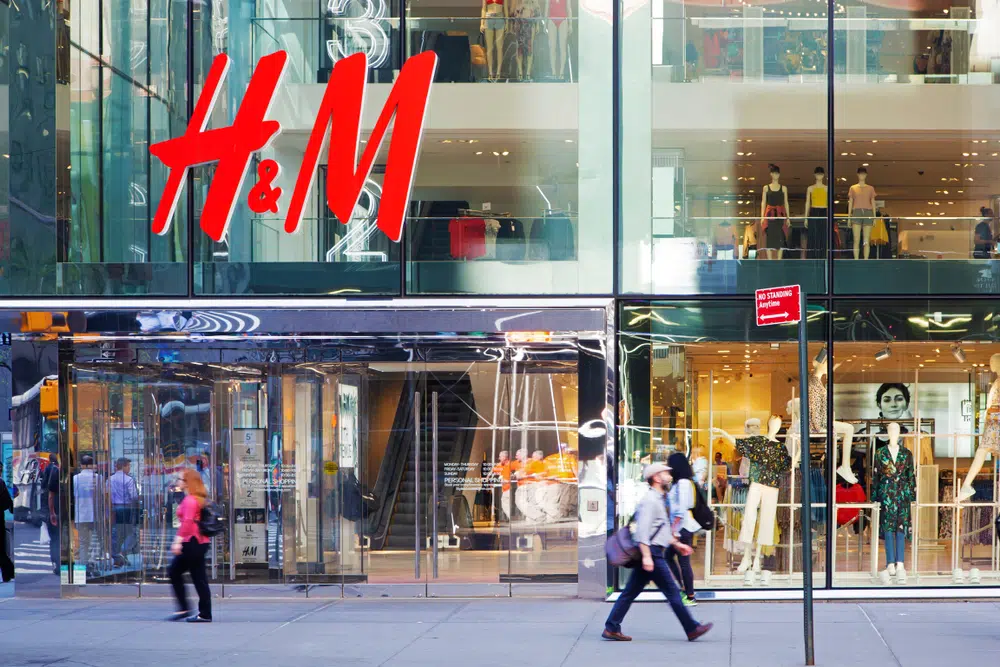
You may not see a huge price jump overnight, but changes are coming. Basics like T-shirts or socks may cost more. Discounts could be smaller, and some promotions may disappear. Stores might shrink package sizes or quietly raise prices without announcing it.
Federal Reserve Chair Jerome Powell says tariffs can cause long-term inflation, and retailers know shoppers are already feeling stretched. Shoppers will likely spend more time looking for deals. Brands like H&M will have to stay creative to keep people coming back, but the era of always-cheap fast fashion is looking more uncertain than ever.
A Critical Moment for Fast Fashion
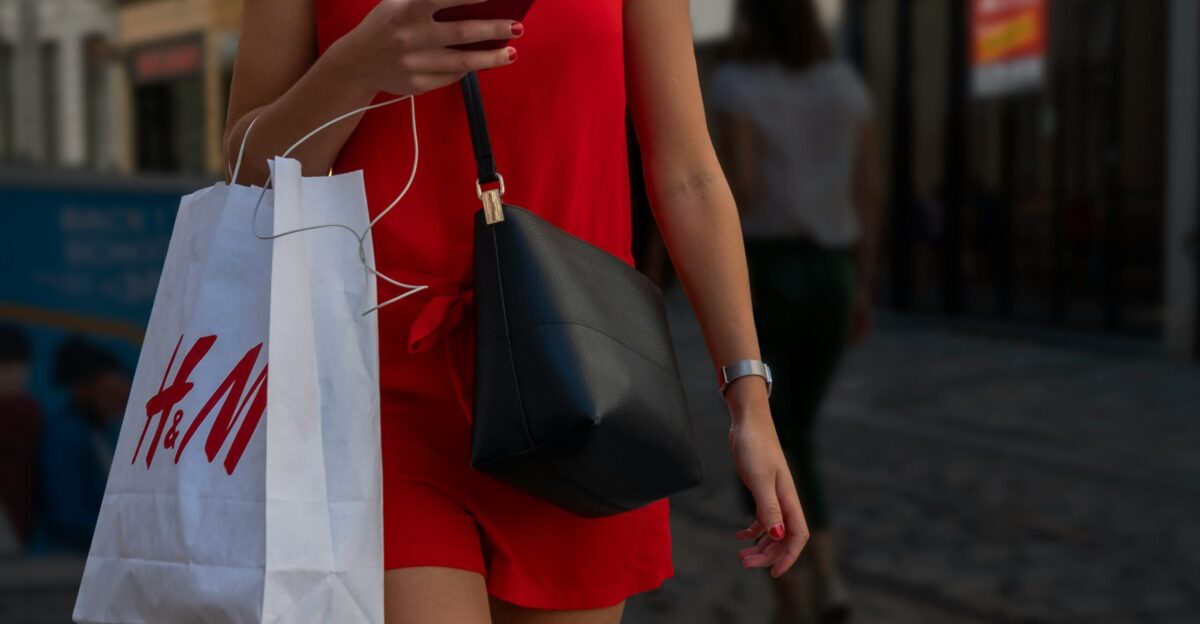
Fast fashion is already under pressure to change. H&M is working to make its supply chain more sustainable, even as costs rise. Ulrika Leverenz, who leads green investment at H&M, says, “Our green investments are designed to speed up decarbonisation… There must be coordination and investment with a long-term perspective.” That means the company must spend more on clean energy, fair labor, and lower emissions.
Add rising tariffs on top, and it’s a tough situation. If prices go up without clear progress on values like sustainability, customers may question what H&M really stands for, and whether it’s still worth the price.
H&M’s Stock Surges Despite Headwinds
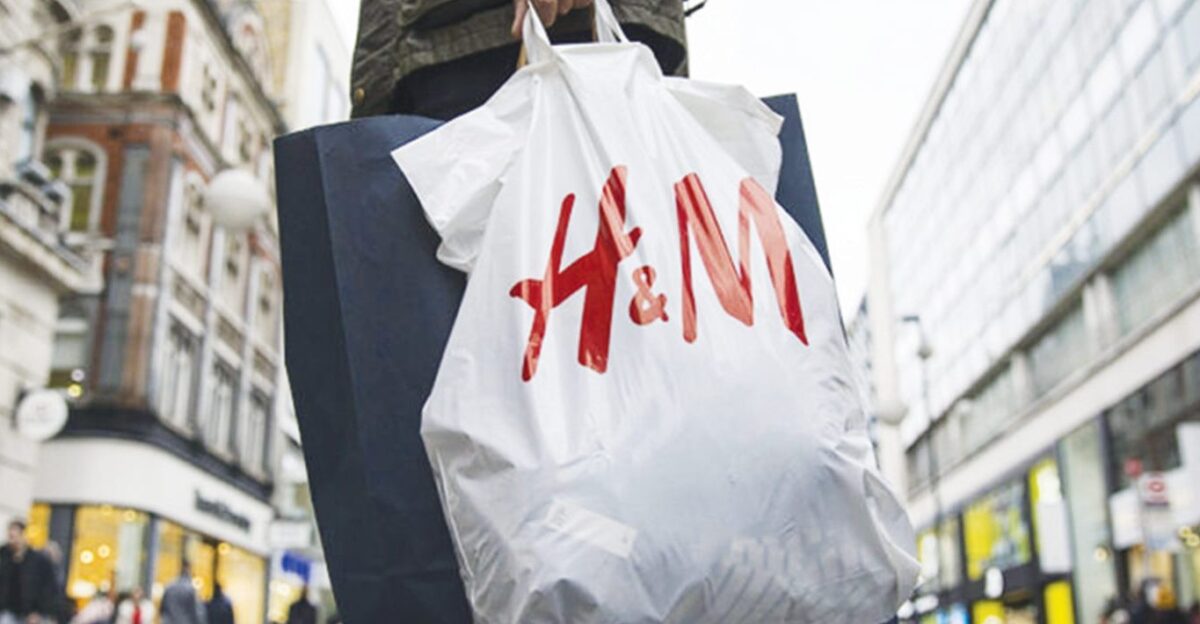
Even with these challenges, H&M’s stock rose more than 4% after its latest earnings report. The company warned about possible price hikes and slower U.S. sales, but investors seemed confident in its strategy. CNBC reports that investors are focusing more on the company’s long-term flexibility than on short-term problems.
H&M’s ability to adjust how it sources clothes, control spending, and keep customers interested is paying off. While the retail world shifts around them, H&M’s steady hand is reassuring to investors. For now, the market is rewarding careful planning over panic, even with the threat of rising prices.
The Bigger Picture—Will More Brands Follow?

If H&M raises prices, other brands may quickly follow. A Joor survey found that 85% of fashion brands plan to increase prices to handle tariff costs. This could mark a turning point for American shoppers. The days of $5 T-shirts or $10 dresses might soon be gone. Tariffs are no longer just policy decisions in the news, they’re shaping the price tags in your closet.
For the fashion world, this moment is a test. Brands will need to find new ways to offer value without cutting corners, because staying cheap and staying strong is getting harder at the same time.